Woman's Rights Convention of 1852 Historical Marker
Introduction
Text-to-speech Audio
Images
The convention was held at Horticultural Hall in West Chester, PA in 1852.
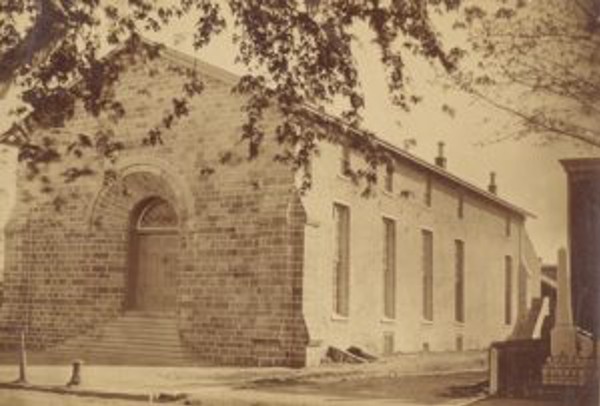
The current Horticultural Hall, home of the Chester County Historical Society.
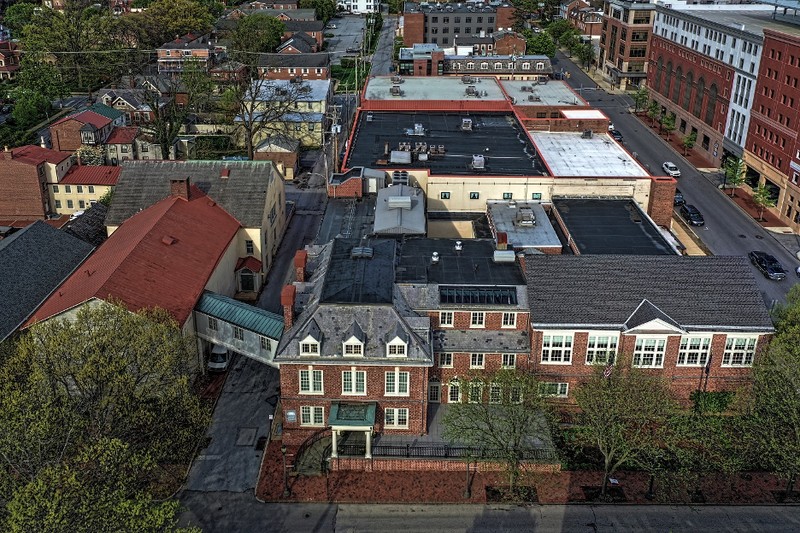
Ann Preston gave the main speech discussing the importance of education and work force for women.

The Woman’s Rights Convention of 1852 marker is located outside the Chester County Historical Society.
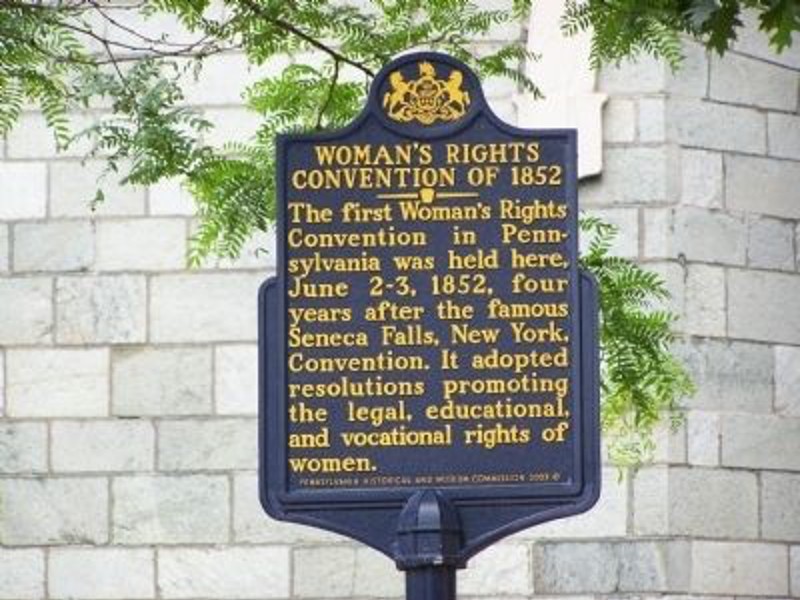
The historical marker of the Woman's Rights Convention of 1852 is located outside the Chester County Historical Society.
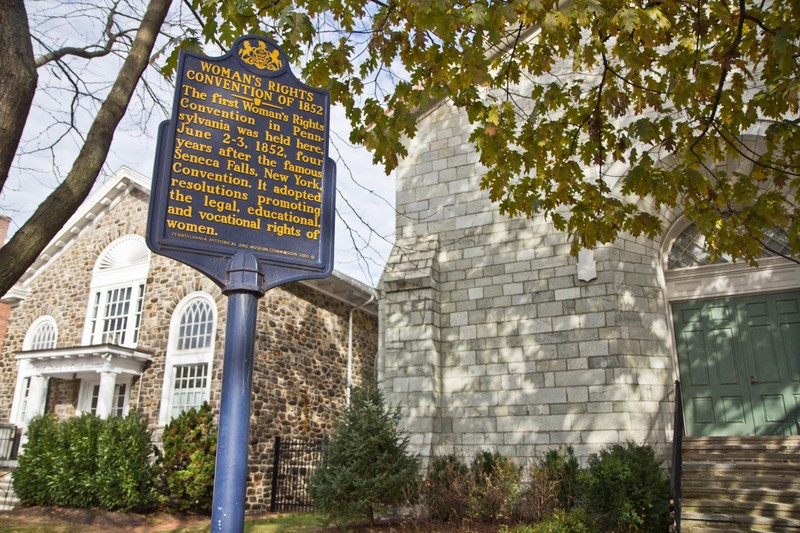
Artifacts from the women's suffrage movement are on display inside the Chester Historical Society.
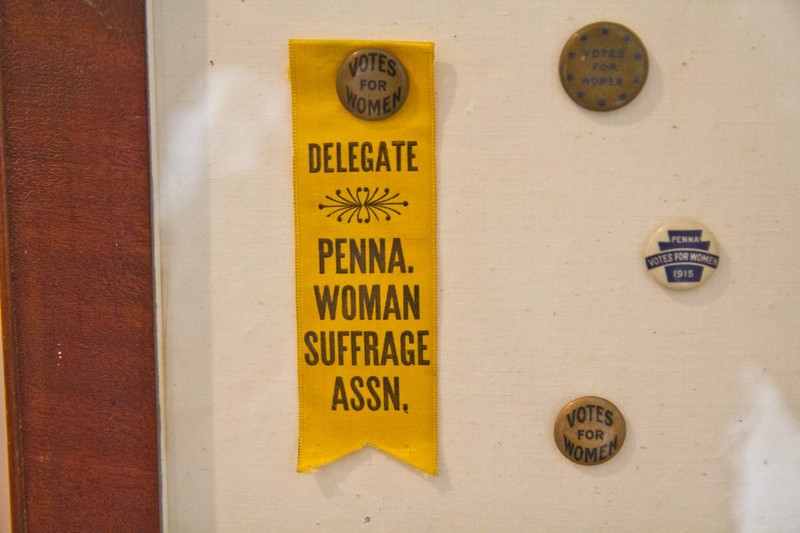
Backstory and Context
Text-to-speech Audio
The Woman’s Rights Convention of 1852 was the first convention held in Pennsylvania. However, this was not the very first women’s right convention held. The Pennsylvania convention followed meetings in Seneca Falls and Rochester, New York, Salem and Akron, Ohio, and two national conventions in Worcester, Massachusetts. The Seneca Falls and Rochester conventions were both held in 1848 while the meetings in Salem and Akron took place in 1850 and 1851. The national conventions in Worcester were also held in 1850 and 1851. The Woman’s Right Convention was held on June second and third in 1852 at the Horticultural Hall in West Chester, Pennsylvania. The main purpose of this meeting was to seek legal, social, educational, and economic equality for all women. Voting rights were also debated and endorsed on the first day.
West Chester was deemed as best qualified to hold such an important meeting due to the overwhelming number of abolitionists and woman’s rights activists advocating in Chester County. West Chester has a great, long history of support and activism as it is home to several abolitionists and woman’s rights advocates. Several of these advocates identify themselves as Quakers. Quakers believe in four main principles; simplicity, truth, equality, and community. They also believe that all human beings are equal and deserve the same rights. These beliefs led to Quakers becoming a significant factor in woman’s rights activism.
Many important figures involved in the movement attended the West Chester conference. Jacob Painter, a Delaware County Quaker, was responsible for the idea of holding the convention in West Chester. The meeting was formulated by Hannah Darlington, who had much experience through meetings with a Quaker group called Society of Friends. Her resume also includes anti-slavery conferences and the two national conventions in Worcester, Massachusetts. Ann Preston gave the main speech discussing the importance of education and work force for women. Other prominent reformers included Lucretia and James Mott, Frances D. Gage, and Ernestine Rose. Lucretia Mott was a Quaker minister who advocated for civil rights and wrote an influential novel called Discourse on Woman. Frances D. Gage was also an inspiring abolitionist who was significantly involved in movements in Ohio. She led the women’s rights movement in Akron, Ohio in 1851. Ernestine Rose was an active figure in the woman’s rights, antislavery, and temperance movements. She also held speeches where she talked on religious freedom and public education.
In conclusion, the meeting ended with great movement forward including sixteen resolutions. Some of these resolutions included endorsing woman suffrage, the right of women to study sciences, equal pay for equal work, and equal treatment with the law. They also protested “no taxation without representation,” which dates back to as early as the American Revolution when the colonies were under the rule of England. These resolutions were only the beginning of what was going to follow. On June 24th, 1919, Pennsylvania legislature voted on ratifying the Nineteenth Amendment, legalizing woman’s suffrage across the country. The historical marker was placed in West Chester in 2003 by the Pennsylvania Historical and Museum Commission.
Sources
“The 1852 Pennsylvania Women's Rights Convention.” The Chester County Fund for Women & Girls, March 29, 2017. https://ccwomenandgirls.org/the-1852-pennsylvania-womens-rights-convention/.
Gaskell, Tamara. “Women Suffrage.” Encyclopedia of Greater Philadelphia, n.d. https://philadelphiaencyclopedia.org/archive/woman-suffrage/.
Grimke, Sarah. Letter of Sarah Grimke to the West Chester Women's Rights Convention, June, 1852. Fowler and Wells, Publishers., n.d.
Mott, Lucretia, Christopher Densmore, Carol Faulkner, Nancy A. Hewitt, and Beverly Wilson Palmer. Lucretia Mott Speaks: the Essential Speeches and Sermons. University of Illinois Press, 2017.
“National Women's Rights Convention.” Wikipedia. Wikimedia Foundation, February 12, 2020. https://en.wikipedia.org/wiki/National_Women%27s_Rights_Convention.
Stone, Lucy. The Proceedings of the Woman's Rights Convention, Held at West Chester, Pa., June 2d and 3d, 1852. Merrihew and Thompson, Printers, 1852.
“WOMEN’S SUFFRAGE AND CIVIL RIGHTS.” chestercohistorical.org, n.d. http://www.chestercohistorical.org/women%E2%80%99s-suffrage-and-civil-rights.
Young, Robyn S. Women in Penn's Woods: a History of Women in Pennsylvania. Queen's Perch Press, LLC, 2015.
“The 1852 Pennsylvania Women's Rights Convention.” The Chester County Fund for Women & Girls, March 29, 2017. https://ccwomenandgirls.org/the-1852-pennsylvania-womens-rights-convention/.
“Under One Roof.” Chestercohistorical.org, www.chestercohistorical.org/under-one-roof.
“The 1852 Pennsylvania Women's Rights Convention.” The Chester County Fund for Women & Girls, March 29, 2017. https://ccwomenandgirls.org/the-1852-pennsylvania-womens-rights-convention/.
“Woman's Rights Convention of 1852 Historical Marker.” Historical Marker, 16 June 2016, www.hmdb.org/m.asp?m=8149.
“Chester County Historical Society Wins Six-Figure Prize in National Women's History Contest.” WITF, 19 Nov. 2019, www.witf.org/2019/11/19/chesco-historical-society-wins-six-figure-prize-in-national-womens-history-contest/.
“Chester County Historical Society Wins Six-Figure Prize in National Women's History Contest.” WITF, 19 Nov. 2019, www.witf.org/2019/11/19/chesco-historical-society-wins-six-figure-prize-in-national-womens-history-contest/.
